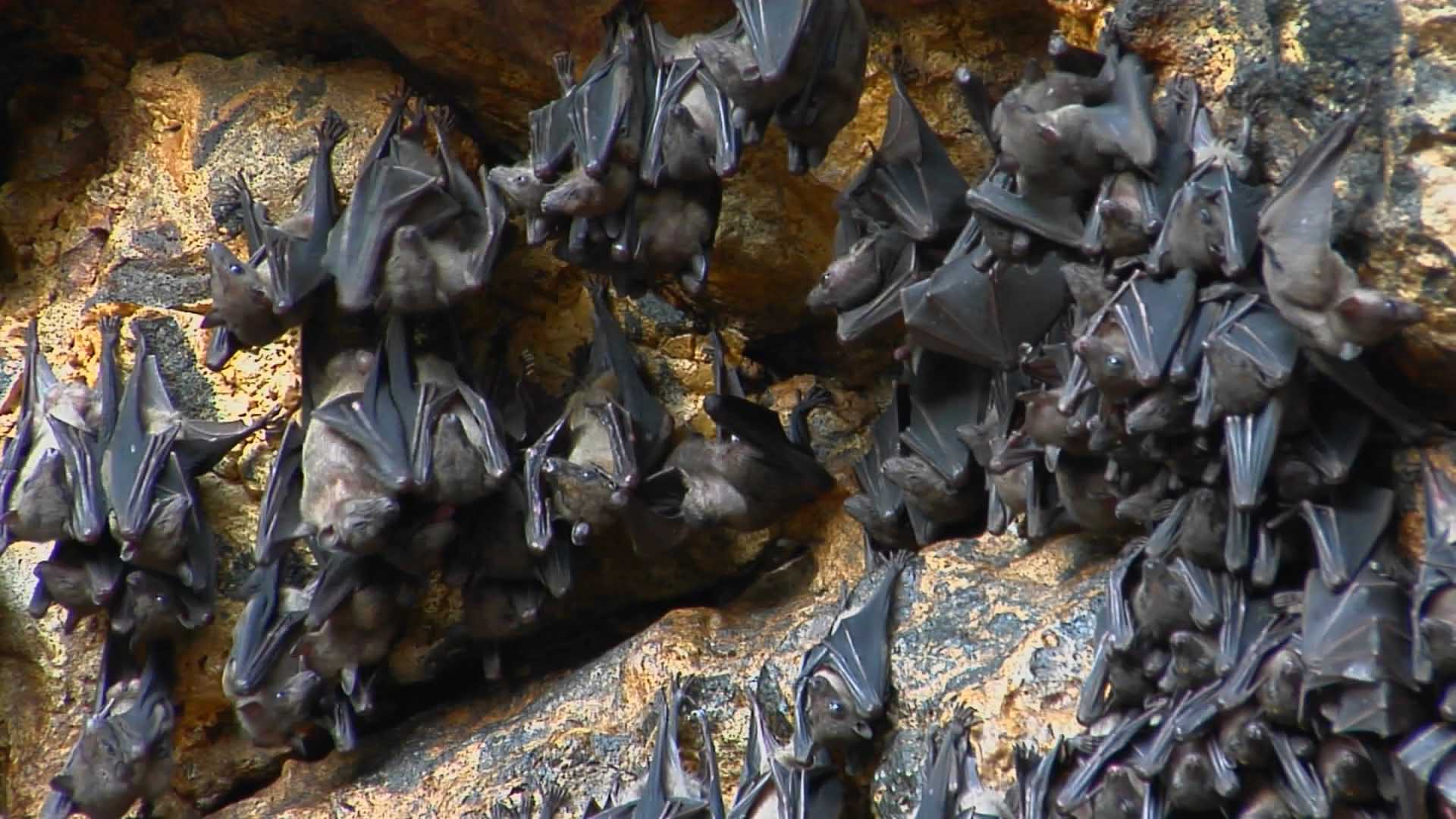Scientists have warned that there could be up to 850,000 still undiscovered viruses in birds and mammals that could one day infect humans. In a new report, an international team of 22 experts said that – without measures to protect wildlife – pandemics will become more frequent and worse. It is necessary to prevent the emergence of zoonoses rather than respond with public health measures and new vaccines. Only this approach, the experts said, will enable us to “escape the era of pandemics”.
This requires an end to unsustainable exploitation of the environment, including deforestation, intensive agriculture and trade in and consumption of wild species.
The latter has increased contact between wildlife, livestock and humans – and “has led to almost all pandemics,” the report noted.
Recommended measures include taxes on meat and livestock production, curbing trade in wildlife around high mountain species and better conservation measures.
Such steps would cost around £31-45 billion ($40-58 billion) annually, the experts estimated – a fraction of the cost of fighting pandemics like COVID-19.
In July alone, for example, the coronavirus had already caused financial costs of 6-12 trillion pounds ($8-16 trillion). The report was produced by a workshop of 22 experts – including biologists, ecologists and disease experts – convened by the Intergovernmental Science-Policy Platform on Biodiversity and Ecosystem Services (IPBES).
They warned that there are an estimated 540,000-850,000 currently undiscovered viruses in birds and mammals – such as bats, rodents and primates – that have the ability to infect humans or could develop it.
The risk of such spread is rapidly increasing, with more than five new human diseases appearing each year – each of which has the potential to cause a pandemic.
However, according to the report, it would be wrong to blame wildlife for the occurrence of these diseases, as pandemics – including COVID-19 – are caused by human activities and their impact on the environment.
Key figures and facts from the report
- $8 trillion to $16 trillion: estimated cost of the COVID 19 pandemic, including $5.8 trillion to $8.8 trillion for 3 to 6 months of social distancing and travel restrictions (6.4% to 9.7% of global GDP)
- >1 trillion dollars: probable annual global economic damage from pandemics
- 53 billion dollars: Economic impact of the 2014 Ebola epidemic in West Africa
- $7 billion to $18 billion: Estimated cost of Zika virus in South America and the Caribbean (2015 to 2017)
- $78 to $91 billion: Total annual financial allocation for global biodiversity conservation
- >70%: of emerging diseases (e.g. Ebola, Zika, Nipah encephalitis) caused by microbes found in animals (i.e. classified as zoonotic pathogens), which “spread” through contact between wild animals, livestock and humans.
- Almost 100%: of pandemics (e.g. influenza, SARS, COVID-19) are caused by zoonoses
- Up to 1.7 million: current estimate of “undetected” viruses in mammals and waterfowl, the hosts most frequently identified as the origin of new zoonoses
- Less than 2,000: currently catalogued viral diversity of these hosts (less than 0.1% of potential zoonotic viral risk has been detected)
- 540,000 to 850,000: estimated number of viruses that could have the ability to infect humans
- 24%: wild terrestrial vertebrate species traded worldwide
- 107 billion US dollars: Value of international legal trade in wildlife in 2019, an increase of 500% in the last 15 years (since 2005), 2,000 % since the 1980s
- $7 to $23 billion: annual value of the global illegal wildlife trade [data incomplete].
- >400: Microbes (viruses, bacteria, protozoa, fungi and other microorganisms) have been created in humans in the last five decades, more than 70% of them come from animals, mostly wild animals
- At least 6: Pandemics since the 1918 influenza pandemic – three caused by influenza viruses, HIV/AIDS, SARS and COVID-19, and the frequency is increasing
- 3% (~35 million ha): increase in agricultural land worldwide, 1992 to 2015, mostly converted from tropical forests
- 1 billion ha: projected global land clearing by 2050


